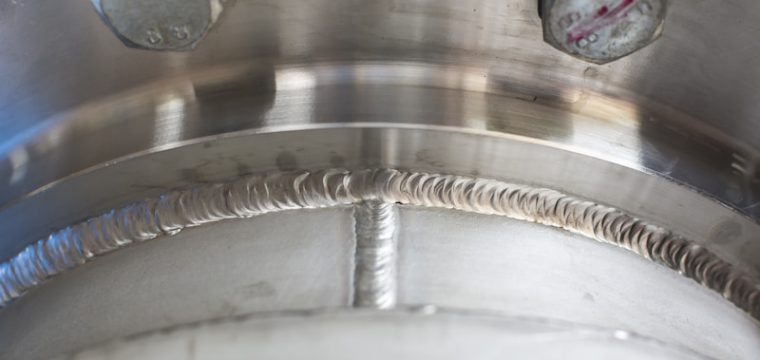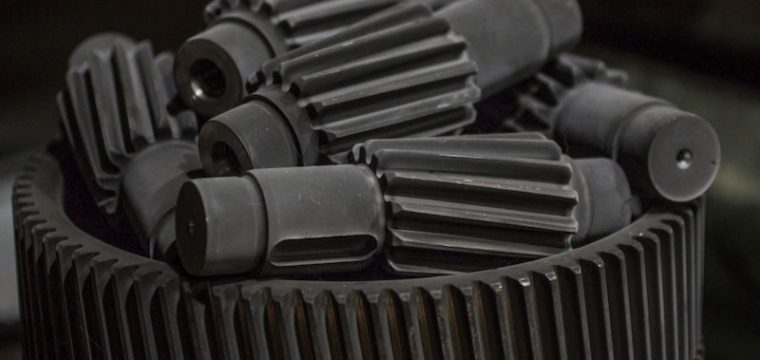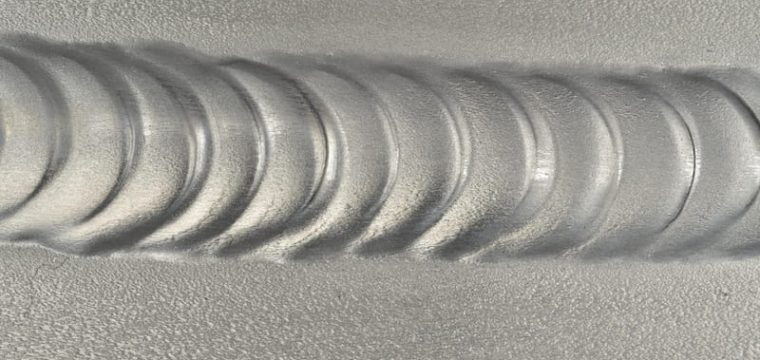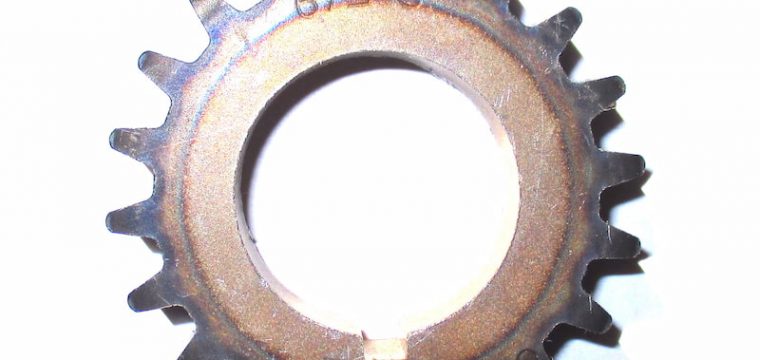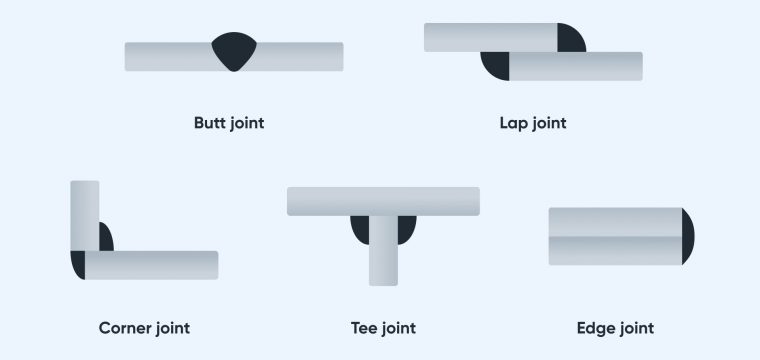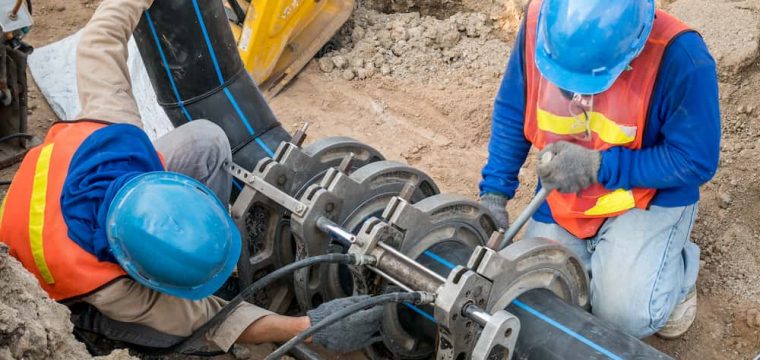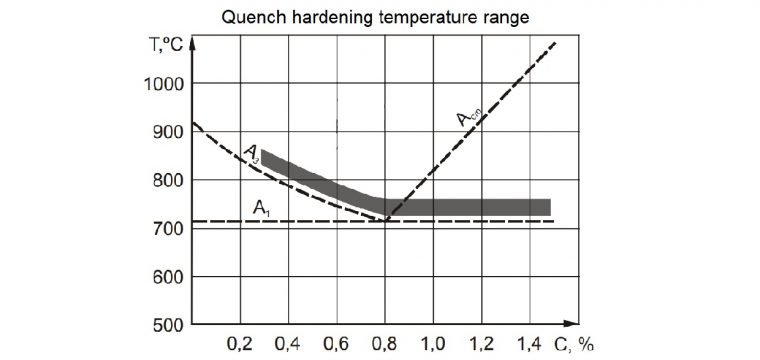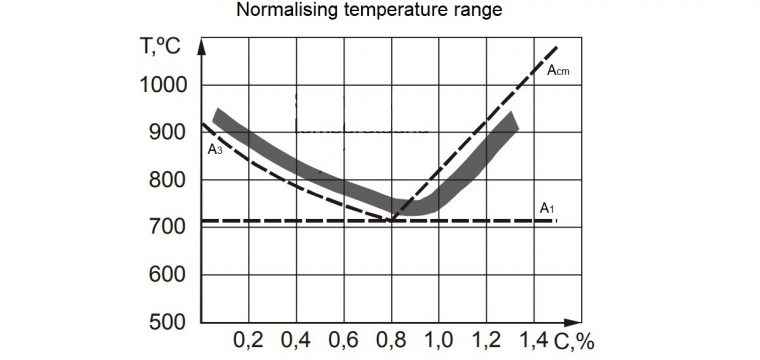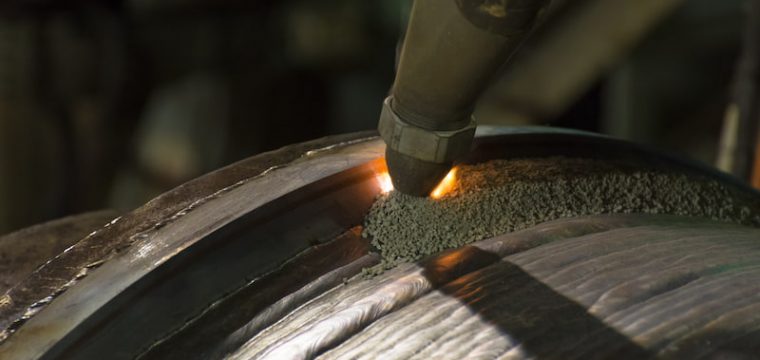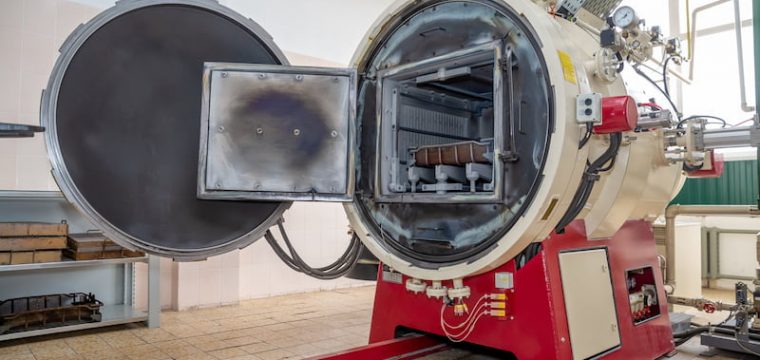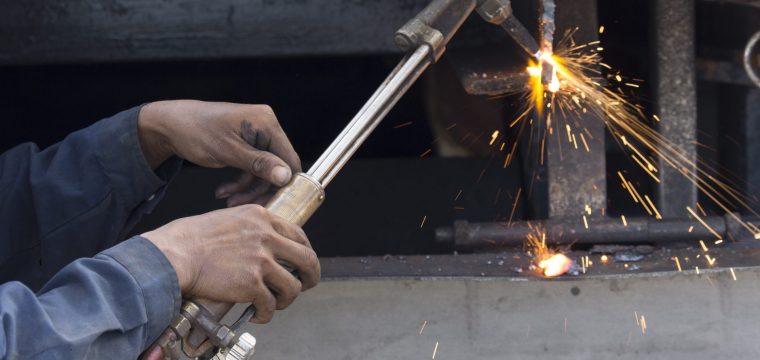Engineering Blog
Categories
- Tolerances
- CAD-CAM
- Machine Components
- Product Updates
- Project Management
- Learn from Engineers
- Fabrication Methods
- Engineering Materials
- Product design
- Company News
- Welding
- Procurement
- Casting
- Supply Chain
Posts
-

Stainless Steel Welding – Challenges, Methods & Best Practices
16.06.2023Stainless steel is a widely used metal used by most sectors due to its proven durability, corrosion resistance and aesthetic appeal. It shares similar properties to carbon steel but with […]
-

Nitriding Explained – How It Works, Benefits & Types
12.06.2023Many types of heat treatment methods are used across the industry to make metals more suitable for different applications. In this article, we explore a thermochemical surface treatment process that […]
-

Aluminium Welding – Challenges, Methods & Best Practices
30.05.2023Welding aluminium is quite common in the manufacturing and aerospace industries thanks to its unique mechanical properties. Aluminium is lightweight, durable and quite resistant to corrosion, making it an attractive […]
-

Case Hardening Explained – How It Works, Benefits & Types
20.05.2023Case hardening is a metallurgical process that allows us to create special parts with unique properties. In this article, we explore what it is, its process and its applications. What […]
-

5 Types of Welding Joints Explained
03.05.2023Welding joints are the connections between two or more pieces of metal (or plastic) that are created during the welding process. The weld joint design complements the weld structure, the […]
-

Electroplating Explained – How It Works, Types, Benefits & More
20.04.2023Electroplating is a common surface finishing process in the manufacturing industry to coat a material (substrate) with another metal. In recent years, the process has undergone many advances, making it […]
-

Welding Processes for Plastics Explained
10.04.2023Plastic welding is a fabrication process that joins thermoplastic materials by using heat. It has become an essential tool in manufacturing and engineering as it overcomes some problems related to […]
-

Quenching Explained – Definition, Process, Benefits and More
24.03.2023Heat treatment processes are crucial to obtain desired properties from different metals and make them suitable for various applications. Through heat treating, many mechanical properties can be altered without changing […]
-

Normalising Explained – Definition, Process and Benefits
14.02.2023The manufacturing industry uses heat treatment processes to improve a material’s mechanical properties. Depending on the desired properties, we can choose from processes such as annealing, normalising, tempering, etc. In […]
-

Submerged Arc Welding (SAW) Explained
01.02.2023Submerged arc welding is a standard industrial process wherein an arc is formed between a workpiece and an electrode. It was invented in 1935 by the E. O. Paton Electric […]
-

Annealing Explained – Definition, Process and Benefits
09.01.2023Heat treatment processes involve precise heating and cooling procedures to change the physical and mechanical properties of metals. Generally, to alter undesirable properties and strengthen desirable ones. One such heat […]
-

Oxy-Acetylene Welding Explained
27.12.2022Gas welding is one of the oldest forms of heat-based welding, which uses oxygen and fuel gas to join metals. At one point in time, gas welding was virtually the […]


